Unlike the familiar “guardian spirits” that we often hear about, “Nature Spirits” are mystical beings that are a bit difficult to understand. They can be considered very important for the growth of our souls and for deeply examining our relationship with nature.
What are Nature Spirits?
Nature Spirits are spiritual entities that dwell in nature itself—in mountains, rivers, trees, rocks, and other untouched natural elements. They are pure energy bodies existing within nature and have never possessed human physical bodies. In Japan, where we live, Nature Spirits have been particularly expressed in the form of animals, as follows:
Representative Nature Spirit Lineages (Japanese examples)
- 🦝 Tanuki (Raccoon Dog) System Nature Spirits: A group led by Hachiman-kami.
- 🦊 Kitsune (Fox) System Nature Spirits: Topped by Ukanomitama-no-kami.
- 🐺 Ōkami (Wolf) System Nature Spirits: Led by an “existence” that does not reveal its name.
Furthermore,
- 🐉 Dragon: Dragons alone are all treated as “gods.” This is a special type of Nature Spirit created by Amaterasu Omikami for the protection of the Earth system.
What is Ukanomitama-no-kami?
Reading: Ukanomitama-no-kami Meaning:
- “Uka (宇迦)” = “Uke (食)” = food, especially grains.
- “Mitama (御魂)” = soul, divine spirit. In other words, it carries the meaning of “spirit of food, spirit of grains.”
Affiliation and Lineage:
- According to the Kojiki and Nihon Shoki, Ukanomitama-no-kami is also said to be a child of Susanoo-no-Mikoto (there are various theories).
- Although sometimes referred to as a goddess, their gender is not explicitly determined.
- I will discuss this further later on…
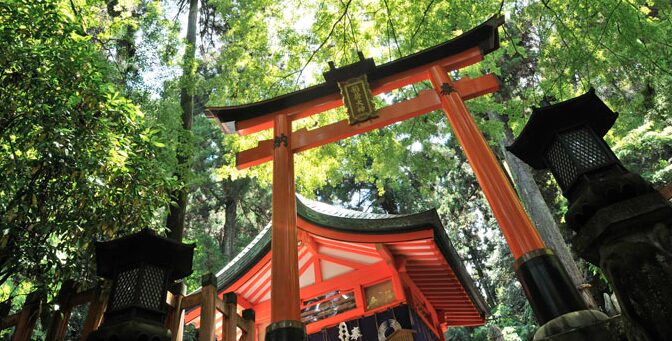
Worshiped Locations: Representative Shrines Ukanomitama-no-kami is enshrined in Inari Shrines nationwide, with the most famous being Fushimi Inari-taisha (Kyoto). This is the head shrine of all Inari Shrines nationwide that enshrine Ukanomitama-no-kami as their main deity.
Inari Okami is believed to grant blessings such as abundant harvests, business prosperity, and family safety, and is widely worshipped by many people.
Relationship with Foxes 🦊 Ukanomitama-no-kami itself is not a fox, but foxes are considered the deity’s messengers (subordinates). The fox statues found in shrines are not the deity itself, but rather “messengers of the deity,” watching over the rice harvest.
What is Hachiman-kami?
Reading: Hachiman-kami / Hachiman-shin Nature/Benefits:
- A god of war (Martial God).
- A god who protects the nation and its people.
- Sometimes worshipped as a god of agriculture and business prosperity.
Actually the Deification of a Real Person Hachiman-kami is the deification of Emperor Ōjin, the 15th Emperor of Japan. It is said that the worship of Emperor Ōjin as Hachiman-kami began after his death.
Meaning of “Hachiman” “Hachiman” (八幡) does not mean “eight banners.” Instead, it is connected to the Buddhist title “Hachiman Daibosatsu” (Great Bodhisattva Hachiman). During the era of Shinbutsu-shūgō (syncretism of Shinto and Buddhism), it was a unique deity worshipped as a “Bodhisattva” despite being a Shinto god.
Main Shrines Enshrining Hachiman-kami:
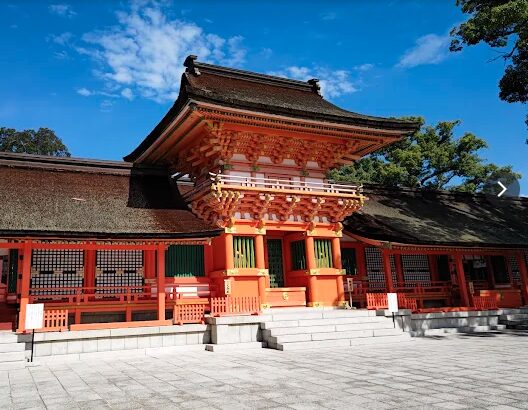
- 🏯 Usa Jingū (Ōita Prefecture): The head shrine of Hachiman worship. It primarily enshrines Emperor Ōjin, along with Himegami and Empress Jingū.
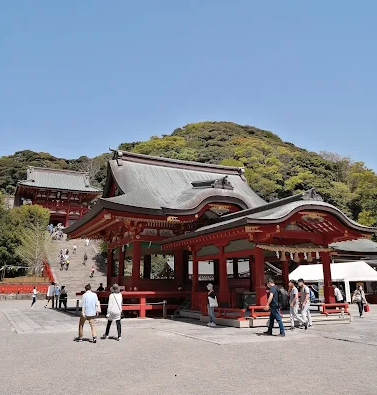
- 🏯 Tsurugaoka Hachimangū (Kamakura, Kanagawa Prefecture): Founded by Minamoto no Yoritomo, it strengthened Hachiman worship as the guardian deity of the samurai class.
Relationship with Tanuki (from the perspective of Nature Spirits) Hachiman-kami is considered to be at the pinnacle (TOP) of the tanuki-type Nature Spirits. Although not appearing in myths, from a spiritual perspective, “tanuki = Hachiman-type” is considered a symbol of Nature Spirits.
Tanuki, as “shape-shifting beings,” are believed to have functions such as flexibility, wisdom, and acting as guardians of the land.
Interesting Characteristics of Hachiman-kami One of the most worshipped deities in Japan from ancient to medieval times. The number of its shrines is second only to Inari shrines. It is also a symbol of unique syncretic beliefs (Shinbutsu-shūgō) where Shinto and Buddhism merged.
Now, the person said to have created these two points is…
【The Hata Clan and the Founding of Shrines】
【Historical Romance】Were Yayoi People Ancient Israelites? ~The Hata Clan and the Theory of Japanese-Jewish Common Ancestry~ It is widely known that the roots of us Japanese people lie in the intermingling of Jomon and Yayoi people. Within this understanding, a grand theory has recently been discussed among some researchers and history enthusiasts: “Could some of the lost ten tribes of ancient Israel have been included among the Yayoi people?”
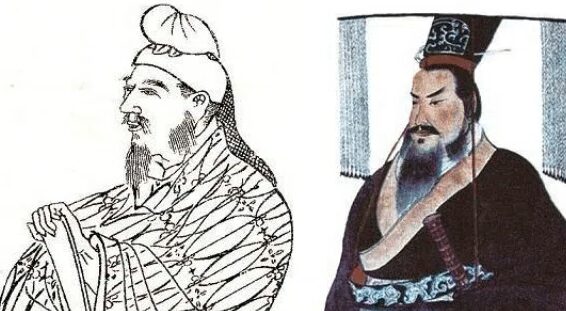
What is the Hata Clan? The “Hata clan” (秦氏) is a clan of immigrant origin said to have come to Japan from inland China via the Korean Peninsula. They arrived around the 4th century, a time when the Kofun culture was just beginning to take root in the Japanese archipelago. The true identity of the “Hata clan,” who built shrines dedicating David, was Jewish, and they were a group of early Christians. The name “Hata” (秦) is derived from “Qin” (秦), the first unified dynasty of China, founded by Emperor Qin Shi Huang. They held a special position in Japan, claiming a “noble lineage” that traced their ancestry to Qin Shi Huang. Their numbers are said to have reached as many as 100,000, making them a clan that had a huge cultural and religious impact on Japan. They were one of the influential immigrant clans in Japan, and it was through the Hata clan that the “Emperor system,” “Shinto,” and the “foundations of Japan” were established in Japan.
Inari Worship and the Hata Clan Fushimi Inari-taisha (Kyoto) is the most famous head shrine of Inari shrines. It is said that the Hata clan founded this Fushimi Inari-taisha. It began with the enshrinement of Ukanomitama-no-kami as the ujigami (clan deity) of the Hata clan.
- 🔸 Inari Okami = Ukanomitama-no-kami (god of food, harvest, and commerce)
- 🔸 Foxes = Inari’s messengers (actually symbolize Nature Spirits)
Therefore, “it was the Hata clan that established the worship centered on Ukanomitama-no-kami in Japan.”
Note: The Inari worship founded and expanded by the Hata clan = the worship of Ukanomitama-no-kami. Ukanomitama-no-kami can also be called the guardian deity of the Hata clan and agricultural culture. The Susanoo deity lineage is originally a god of “the sea, storms, and the underworld” and has little connection to agriculture.
The description of Ukanomitama-no-kami as “Susanoo’s child” is highly likely to have been edited in later generations to incorporate different lineages of deities into a single mythological system.
Hachiman Worship and the Hata Clan
“Hachiman-kami” (やはたのかみ) is a deity worshipped as a god of war and a protector of the nation. There is a theory that the character “hata” (幡) in Hachiman (八幡) is actually derived from “Hata” (秦). This suggests that the spread of Hachiman-kami worship and the establishment of its shrines were influenced by the Hata clan.
Why Did the Hata Clan Build Shrines? Enshrined at Usa Jingū is Emperor Ōjin, also known as Hachiman Ōkami. Hachiman Shrines are the most numerous shrines nationwide, and the deity enshrined is the 15th Emperor Ōjin. Emperor Ōjin’s mother was Empress Jingū, and her ancestor was Ame-no-hiboko, a prince from Silla. Ame-no-hiboko was from the Hata clan. This means that Emperor Ōjin was also from the Hata clan, and the Imperial Family until the Meiji era was the Hata clan. The Hata clan was the Ephraim tribe, the royal house among the “lost 10 tribes” of the Northern Kingdom of Israel, and their great ancestor was Qin Shi Huang. The Ephraim tribe first arrived in Japan and created the Emperor system and Shinto.
Differences Between Nature Spirits and Guardian Spirits
- Guardian Spirits: Spirit bodies that have experienced human life and are responsible for watching over specific individuals (usually said to be 5 spirits assigned).
- Nature Spirits: Beings that support the Earth’s system within nature. Protecting humans is not their original purpose.
Nature Spirits are not beings that directly protect humans; they fulfill the role of protecting the order of nature. Therefore, it is very rare for Nature Spirits to become human guardians. When they do, it is limited to cases of pre-life contracts or strong family ties.
Are Dragon Gods an Exception?
“Dragons” are unique among Nature Spirits. They are the only Nature Spirits that are all considered “gods,” and their hierarchy differs from other Nature Spirits. However, due to their powerful energy, very few people have Dragon Gods as guardians, and most are special cases with contracts at the soul level.
Note: Most people on YouTube and social media who claim to “assign Dragon Gods” or “boost your luck” are scammers, so don’t believe them blindly (^.^)*
Connection to Modern Times – The World of “Princess Mononoke”
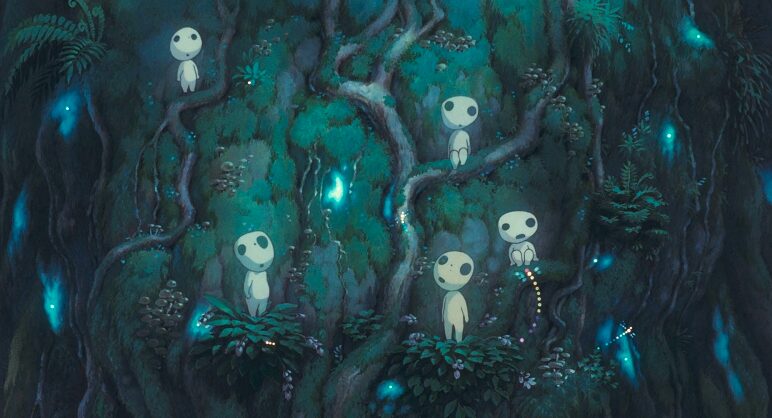
Recalling characters like Kodama and Shishigami (Forest Spirit) from the Ghibli movie Princess Mononoke might make it easier to understand what Nature Spirits symbolize. They embody the life force of nature itself, and they can be wounded, angered, and sometimes bring healing due to human activities. The distinction between Nature Spirits and elemental spirits (精霊) is still ambiguous, as is whether the latter is based on Western culture.
Summary
- Nature Spirits are spiritual beings that maintain Earth.
- They do not have individuality or emotions like humans and have never possessed a physical body.
- Unlike guardian spirits, they do not directly accompany humans but are important for promoting harmony with nature.
- Only “Dragon Gods” hold divine status and may serve as guardians in special cases.
Nature Spirits might be entities that test how much we can value nature and how we interact with it. The Japanese people’s long-held belief that “Heian-kyo,” “Kyoto City,” and “shrines” were originally ancient Japanese practices is incorrect; they originated from Jewish religions.
Bonus: What is the True Meaning of “Kitsunetsuki” (Fox Possession)?
- “Foxes” Are Not Originally Evil Spirits “Foxes” were originally considered messengers of Inari Okami (Ukanomitama-no-kami), symbolizing abundant harvests, business prosperity, protection, and wisdom. White foxes (byakko) are even said to be high-level Nature Spirits, and the fox statues at shrines are their symbol. However, in folk beliefs, the following interpretations also spread:
- “Being possessed by a fox” = cause of physical illness or mental disorder.
- A tradition that if a specific family is “afflicted by a fox,” misfortune will continue for generations.
- Low-Level Spirits and Animal Spirits May Claim to Be “Foxes” There are various entities in the spirit world (ethereal realm).
- Nature Spirits (elemental spirits and divine spirits) are high-level beings.
- Animal spirits are unpurified beings that lost their lives in the natural world.
- Low-level spirits/thought-forms are beings born from human negative energy. When these possess humans, they may claim to be “foxes,” “snakes,” “dogs,” etc. Many phenomena described as “kitsunetsuki” are caused by animal spirits or thought-forms taking the form of foxes, sometimes occurring in resonance with a person’s mental state (strong anger, fear, attachment).
- Some “Kitsunetsuki” Are Phenomena Due to “Mediumistic Tendencies” Some people have “mediumistic tendencies” (霊媒体質) and are sensitive to energies and entities.
- When self-awareness weakens due to strong stress or trauma, one becomes more susceptible to external energies (spiritual entities).
- The “fox-like entity” that appears at such times can also be considered a manifestation of unpurified emotions or karma within oneself.
Conclusion: Kitsunetsuki = Not Evil, It’s Important to Discern Context and Vibration.
“Kitsunetsuki” (and other similar phenomena) are not all “evil spirits.” There are cases where low-level spirits are impersonating “foxes.” Spiritual phenomena are deeply related to one’s own mind and vibration, and their influence can be reduced by purifying the mind and body, stabilizing emotions, and cultivating a grateful heart.
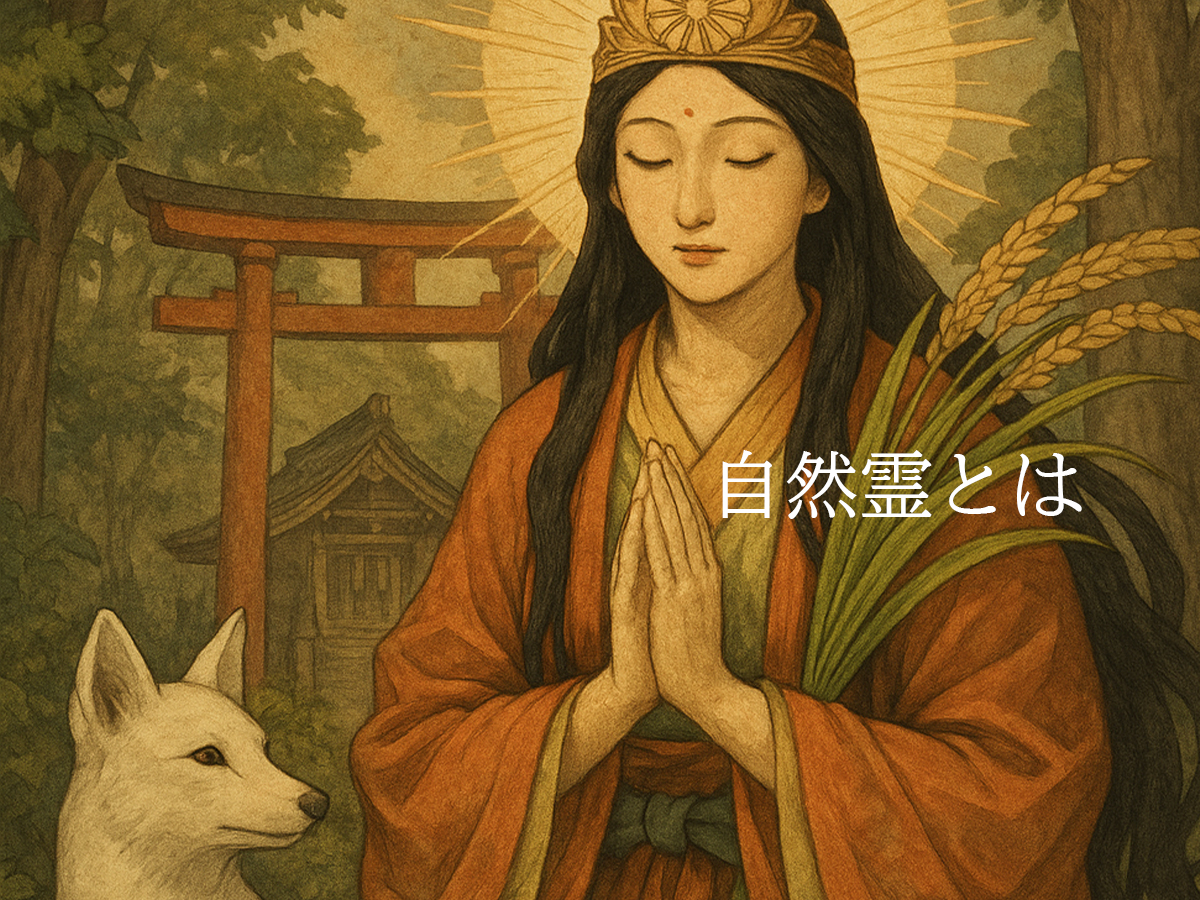

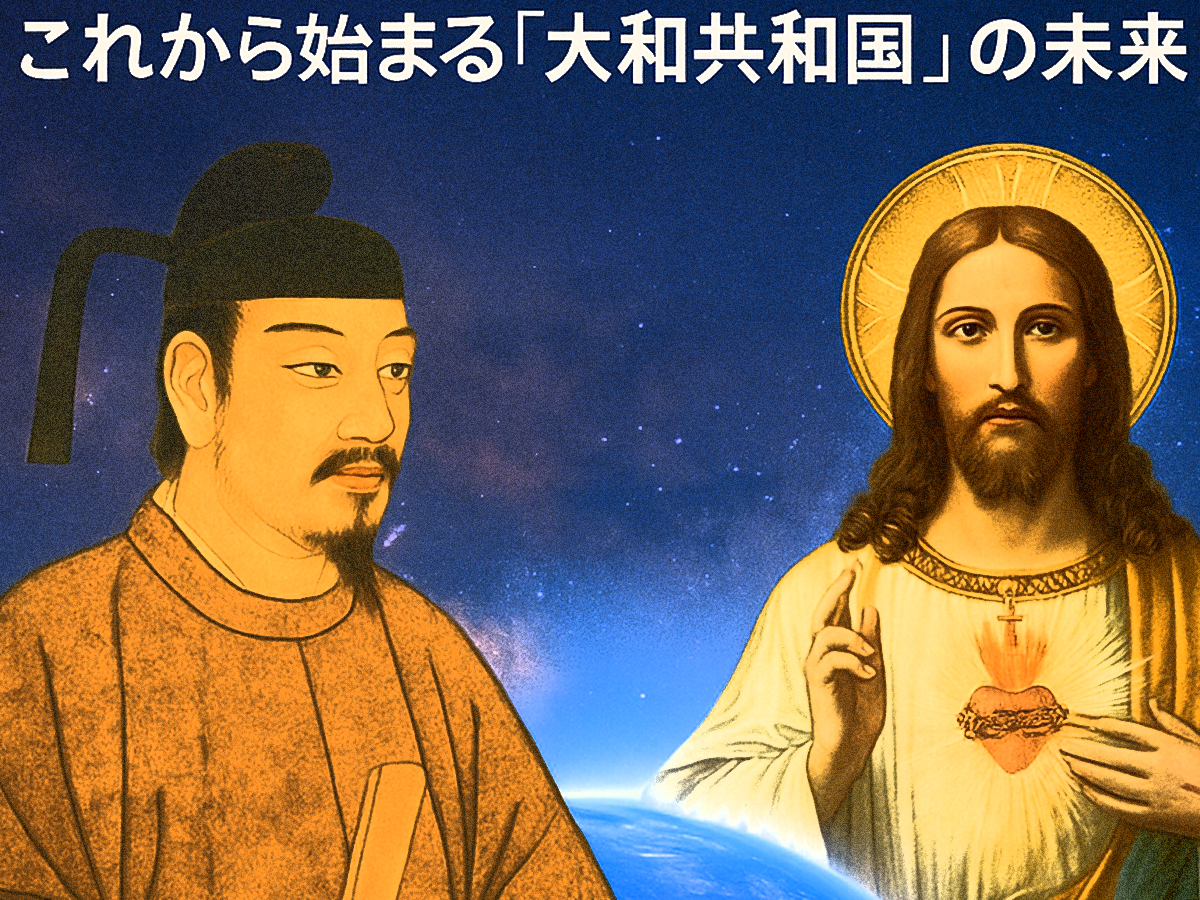
コメント